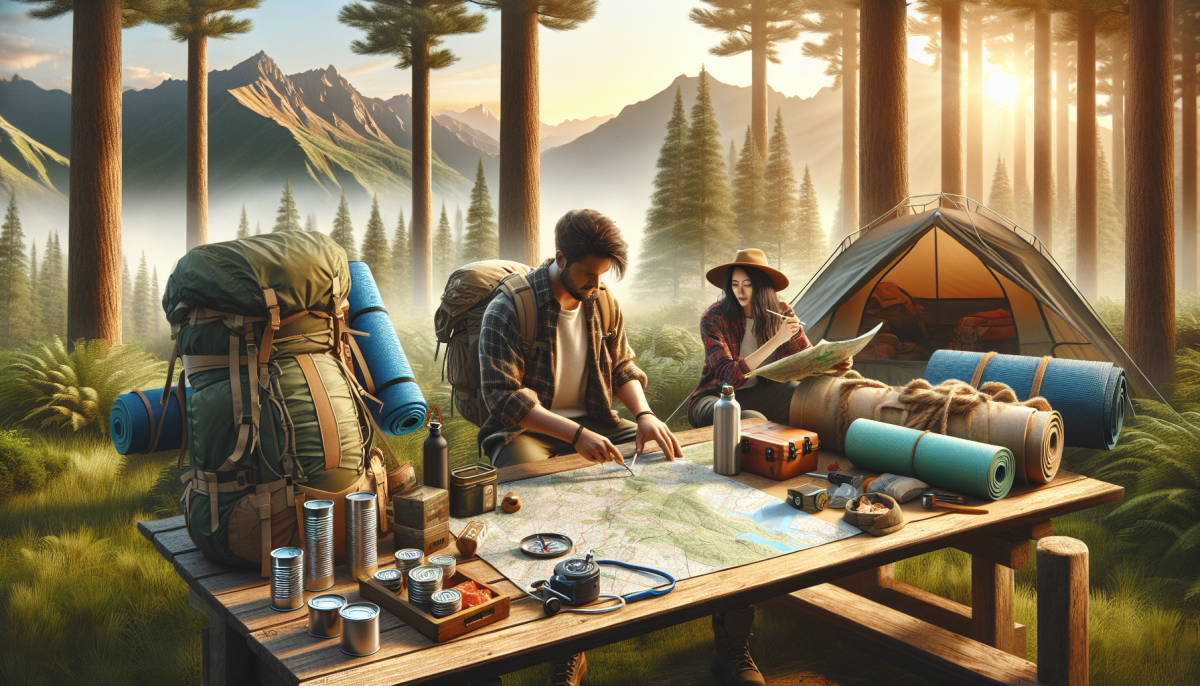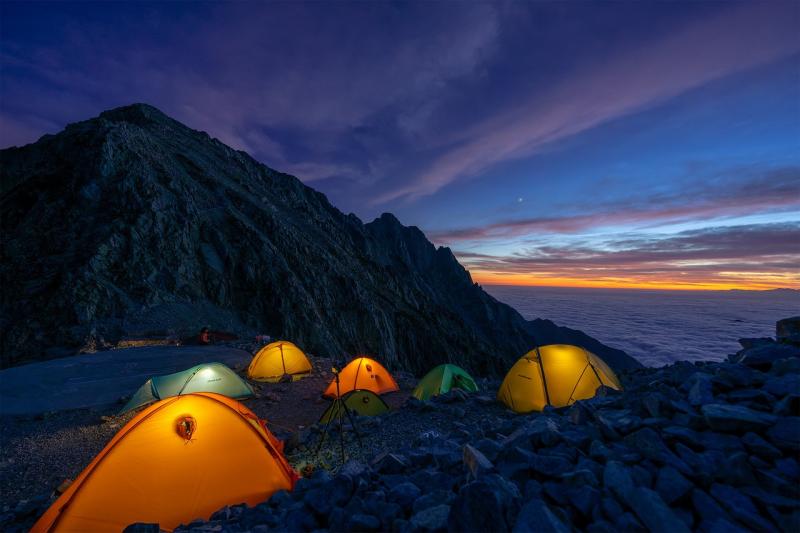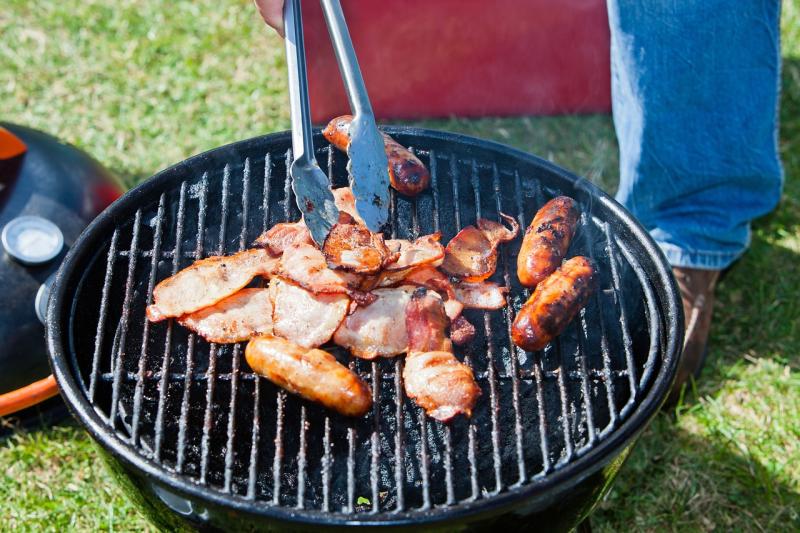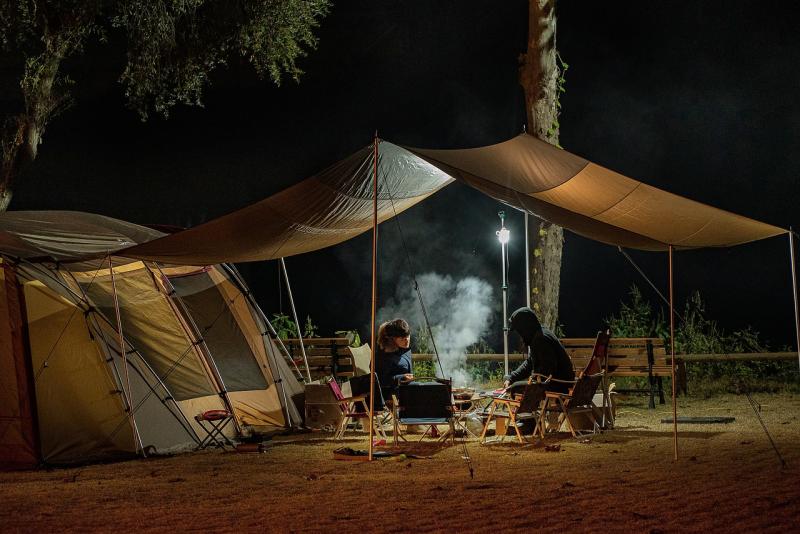Planning a camping trip can be thrilling, but it can also feel overwhelming. To ensure you have all the essentials, it's a great idea to create a camping checklist. A well-thought-out checklist not only helps you remember what to pack, but it also saves you from potential headaches in the wilderness.
Start your checklist with the essentials: tent, sleeping bag, and sleeping pad. These items are crucial for a comfortable night's sleep under the stars. Don't forget a good quality flashlight or lantern, as well as extra batteries. As you gather your gear, keep in mind the weather conditions you might face and pack accordingly. Layering your clothing will help you adapt to changing temperatures.
Next, focus on cooking and food supplies. Pack a portable stove or grill, along with cooking utensils like pots, spatulas, and knives. Make sure to include food that’s easy to prepare, such as canned goods, granola bars, and fresh fruits. Also, bring along a cooler and ice packs to keep perishables fresh. Don't overlook the importance of hydration—pack enough water and a reliable water filter or purification tablets.
Lastly, remember to include safety and first aid items in your checklist. A first aid kit, insect repellent, and sunblock are must-haves. If you plan on exploring the area, be sure to take a map and compass or a reliable GPS device. Having these safety items on hand will help you enjoy your camping adventure with peace of mind.
Gather Essential Gear
Before you head out into the great outdoors, it’s crucial to gather the essential gear that will ensure a comfortable and safe camping experience. Start with the basics: a reliable tent that suits your group size and weather conditions. Make sure it’s easy to set up and offers protection from the elements. If you’re venturing into colder climates, consider a four-season tent for added insulation.
Next on the list is a good sleeping bag, which should be rated for the lowest temperature you expect to encounter. Look for one that provides warmth but is also lightweight for easy transport. Don’t forget a sleeping pad or air mattress to provide cushioning from the ground. A good night’s sleep is vital for enjoying your outdoor adventure!
Cooking gear is also essential. A portable camp stove along with fuel, pots, and utensils will help you prepare delicious meals. Don’t overlook the importance of having a cooler to keep your food fresh, and be sure to pack non-perishable snacks to munch on while hiking. A reliable water filtration system or purification tablets is essential for ensuring you have access to clean drinking water.
Lastly, make sure to pack appropriate clothing and footwear. Dress in layers to adapt to changing weather conditions and bring sturdy hiking boots for trekking through varied terrain. Sunglasses, hats, and sunscreen can protect you from sunburn during your outdoor activities. With the right gear in hand, you’ll be ready to tackle whatever nature throws your way!
Choose the Perfect Campsite
Choosing the perfect campsite can greatly enhance your outdoor adventure. The ideal spot not only provides beautiful views but also ensures comfort and safety during your stay. Start by considering your desired location. Are you looking for a secluded spot in the woods, or would you prefer a campsite near a lake? Identifying what you want from your surroundings is the first step in making the best choice.
Next, think about accessibility. Some campsites are a short drive from parking areas, while others may require a hike. If you’re traveling with young children or elderly campers, opt for a site that is easy to reach. Additionally, check for available amenities: are there fire pits, picnic tables, or restroom facilities? These conveniences can make your camping experience much more enjoyable.
Another essential factor is the terrain. Look for level ground for your tent and be mindful of any nearby hazards, such as falling branches or flooding from nearby streams. A spot that's slightly elevated can offer better drainage in case of rain. Make sure to survey the surroundings for potential wildlife encounters, too, as some areas are more prone to visits from curious animals.
Lastly, consider the regulations and policies of the campsite. Some places require permits or have specific rules about campfires and noise levels. Familiarizing yourself with these guidelines will help you avoid any unpleasant surprises and ensure you respect the natural environment. By taking the time to choose the right campsite, you set the stage for a memorable and enjoyable camping experience.
Prepare Delicious Camp Meals
When you head out for a camping adventure, one of the best parts is sharing delicious meals with friends and family around the campfire. Preparing camp meals doesn't have to be complicated or time-consuming. With a little planning and creativity, you can whip up tasty dishes that everyone will love, even in the great outdoors!
Start by choosing simple recipes that require minimal ingredients and can be made using basic camping gear. Think foil packets with seasoned veggies and proteins that can be tossed on the grill or roasted over an open flame. You can make individual portions, which makes it easy for everyone to customize their meals. Just wrap everything in aluminum foil, and let nature do the cooking!
Don’t forget about breakfast! Mornings at camp can be magical, especially when you start the day with a warm meal. Consider making oatmeal, which is quick to prepare and can be tailored with your favorite toppings, like fruits, nuts, or honey. Pancakes are another great option; just mix the dry ingredients at home and add water at the site. You can even use a cast-iron skillet for that perfect golden-brown finish.
Finally, embrace the joy of snacks! Whether it’s trail mix or s'mores, having tasty snacks on hand will keep everyone's energy up during your outdoor adventures. You can even get creative with dessert by grilling fruits like peaches or pineapples and serving them with a drizzle of honey or a scoop of ice cream for a delightful treat by the campfire.



